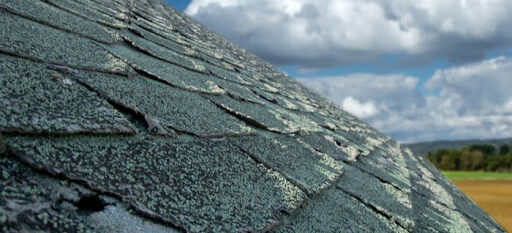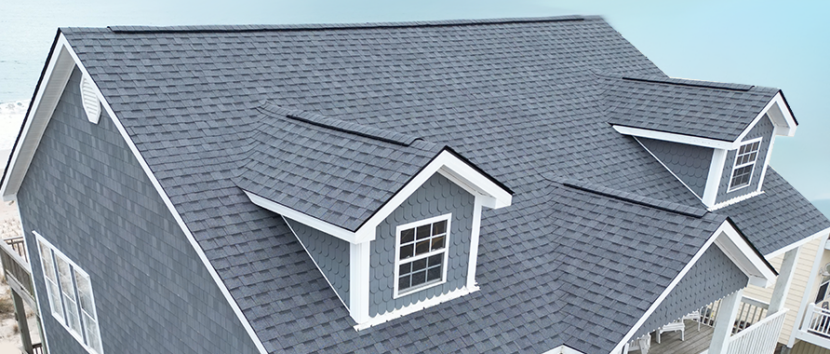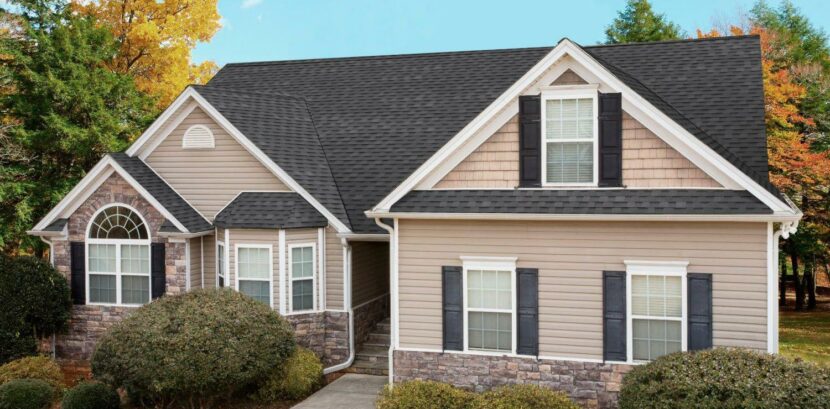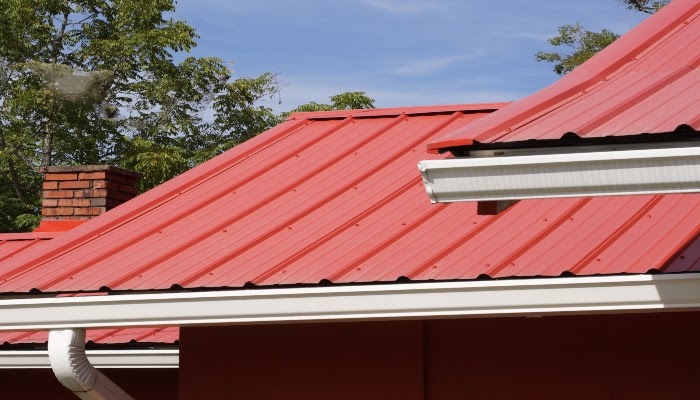What is a Roof Vent?
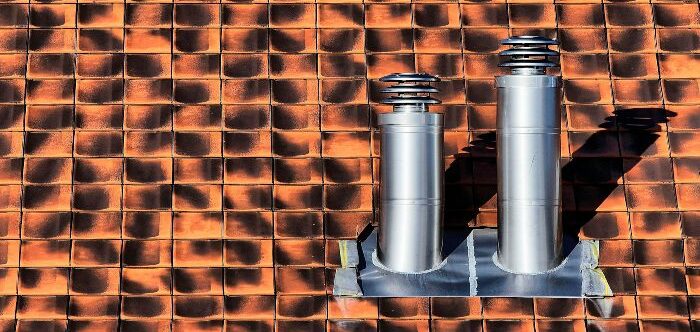
What Are the Vents on My Roof?
When it comes to ventilation in your home, it is easy to see its importance in areas that are rich in humidity such as the bathroom, kitchen, and the basement. But, what about your roof, and does roof insulation have anything to do with your home ventilation?
Roof vents help keep your home cooler in the summer and warmer in the winter, giving your roof a longer lifespan and a much lower risk of damage. Still, how does this process work and what do you need to know to improve the ventilation of your roof?
Get a Free Estimate Today
60% off installation. Special financing available. See details.
Why Do Roofs Have Vents?
If you have an attic, an unheated space in the basement or an upper floor attached to the roof, ventilation is necessary to help correct air conditioning of your area. In summer, roof ventilation helps cool the roof and waterproofing materials, reducing the expansion of the metal and slow the aging of asphalt shingles, which suffer from the heat. But, that’s not all: roof vents are crucial in winter, as well.
Are Roof Vents Necessary?
By keeping your roof cool, you can prevent the snow from melting on top of the roof and freezing again in the rain gutters, thus creating an ice dam that can cause leaks and water damage. Even if there are no leaks, additional weight can cause structural damage to your roof. The vents prevent this by circulating the coldest air from the eaves through the vent in the roof peak.
Do you have a flat roof? Read more here: how much ventilation does a flat roof need.
How Are They Installed?
Many types of roof openings easily install in a home. A fan-driven in the attic that works intermittently allows you to move the air through the attic quickly. A turbine vent has an outer portion that rotates with the wind, driving the warmer air out of the attic area when the wind blows.
Vents in the eaves allow cold air to enter the roof at the bottom, and typically installed with a ridge outlet of some type where the air exits the ceiling above the slope. Some kinds of edge ventilation require no ventilation in the eaves.
How Do Roof Vents Work?
Whichever ventilation ceiling you select, you will want to make sure that you preserve the integrity of your roof. If you install a turbine or other ventilation duct across the roof surface, you must ensure that it includes enough solenoid and sealant to prevent water from flowing into the home and causing moisture problems.
A ridge vent will have to be fixed on the roof, the asphalt fabric, the mineral roll or the metal. It is necessary to provide the room with circulating air under the roof covering.
Know Your Provider
1-800 HANSONS understands that a properly vented attic ensures the longevity of your roof and more importantly your most significant investment, your home.
At 1-800-HANSONS, you’ll get the most exceptional service and have the experts to consult for advice and execution. We work with the highest quality materials and are always delivering the best service worthy of your time and money.
Need a new roof? Click here for a FREE roof estimate. It’s quick and easy.


